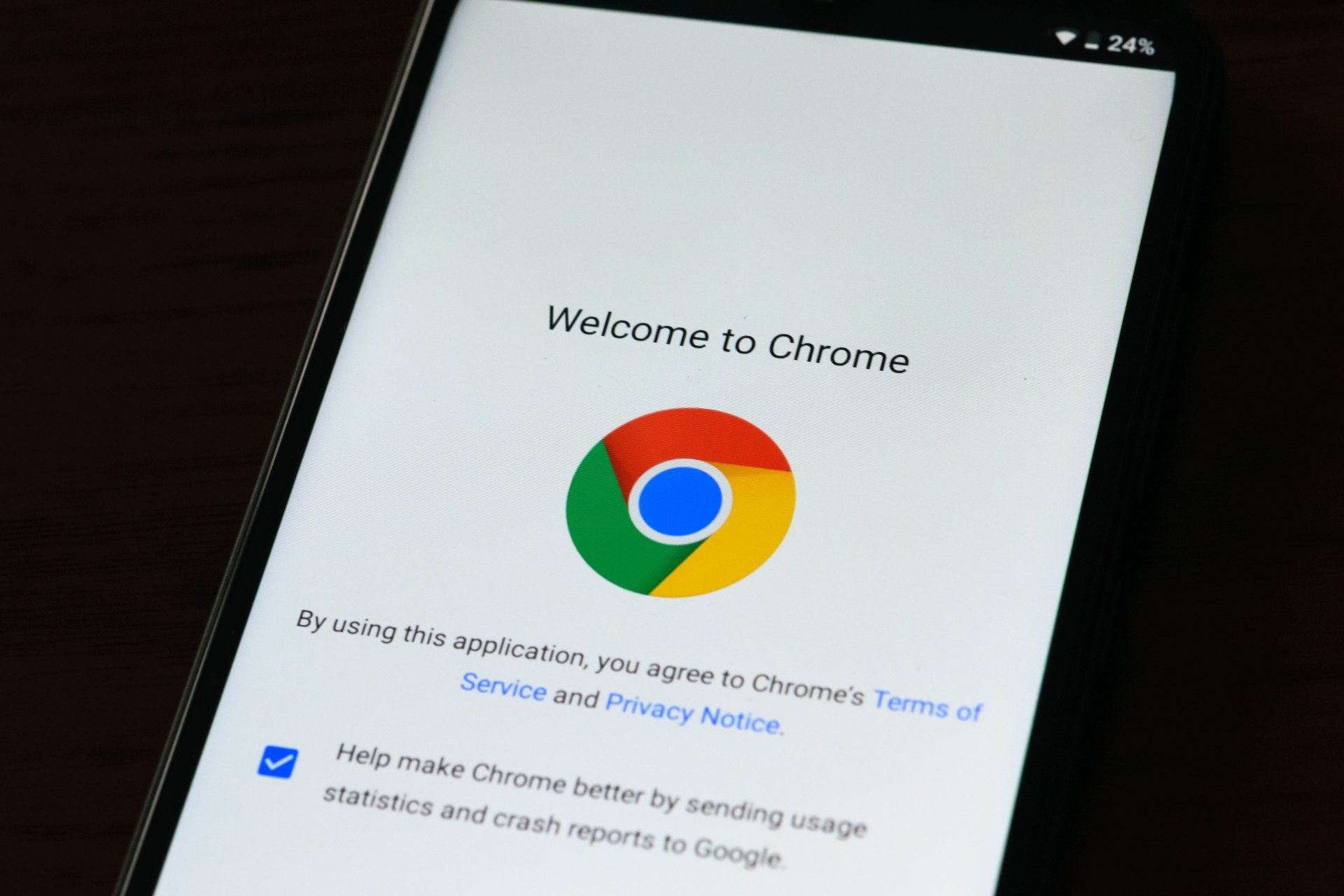Lower Your Bounce Rate Through SEO - Part 2
Jenny Marsden --September 5, 2019
Lowering Your Bounce Rate Through SEO

In the previous post, we looked the meaning of bounce rate and established why it is important to have a low bounce rate. We also looked at some specific ways to reduce your bounce rate significantly by improving your SEO and observing your readers closely.
This time around, we will look at two other broad methods of reducing your bounce rate: by writing better posts and by making your blog easier to navigate.
Writing Better Blog Posts
Some steps you should follow to write better blog posts are:
- Make sure your blog posts are easy to read: A lot of people in the world today are in a rush. We are all busy and have a million things to do and unless your website is a lifestyle blog that people are reading for relaxation, there is a good chance that a good percentage of the people visiting your blog are looking for something specific. Most times, people don’t visit blogs to learn more technical or difficult topics, but to find quick tips and tricks they can implement immediately. If you make your blog too difficult to read, they are going to take the next bus out of there.
- Enforce your text with images: You also want to encourage your readers by using pictures, memes, GIFs, bullet points and short paragraphs so that they can have a smooth experience from the beginning of the post till the end. While they may skim over the images and info-graphics, you are reinforcing your text with these more visual options. Our brains process things differently, so while most visitors will expect to read a post, an image might be easier to understand to some. I know I'm very visual in my comprehension process and images always make more sense to me initially than text often does.
- Be personal and conversational: Write your blog posts like you are talking to your reader. Don't be afraid to use slang and colloquial language. You don’t want to be stiff and too formal when addressing your readers because that makes for a very difficult read. Also, ensure you tell personal stories that are related to the blog post topic. For example, if you are writing a blog post on how to get through a difficult break up, you could share the personal story of a friend who used some of your tips and made it out successfully. Stories make people want to stick around to read more and even check out other parts of your blog. While the SEO for the article should be written with relevance in mind, don't forget ACTUAL relevance. If you are writing a "how to survive divorce" post, you need to express to your readers what actual experience you have with the subject matter.
- Remember to write less but give more: Don’t go writing six paragraphs trying to prove a simple point you could have proven using just one. This will bore your readers and cause them to move to another website with more punchy content. You get one chance.
This should go without saying, but make sure your blog posts are accurate and relevant to the topic of the blog post.
Improving Your Blog's Navigation
- Create a tag menu at the top of your blog: Ensure you put a menu at the top of your blog so that your readers can easily link to other parts of your blog. You can also put one at the bottom, but the one on top is top priority. While each post should stand on its own, showing visitors other subjects that your blog addresses will help to keep them on your website and engaged.
- Put a search box at the top: Create a search box that is easy to find in your blog so that your readers can search for other related content and stay longer on your website. The top of your blog is the best place to keep a search box.
- Include links to relevant posts: I know we talked about this in the last post, however it is relevant to your blog's navigation so I'm mentioning it again here. Link to relevant posts at the bottom of each new post you write. This enables your visitors to be one click away from more information they might find useful.
So I hope that has given you some more ways to increase your visitor retention and engagement. On a side note - could you leave me a comment below on what you think of the colored listing items? I'm trying something new and I'd love to hear what you think. As always I'm trying to make my own blog easier to read and I thought that the subject of each line item in a different color seemd to make it easier to skim. Let me know if that's true for you or not!











